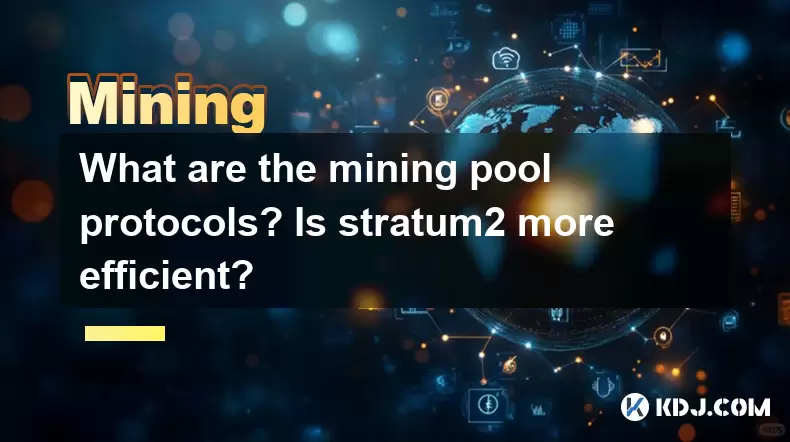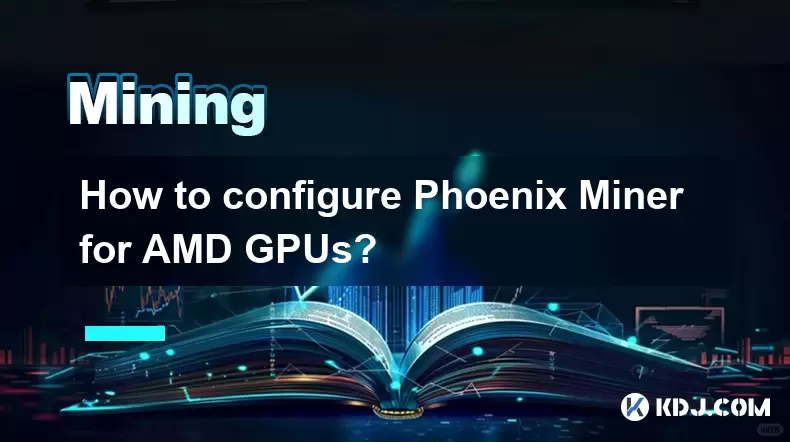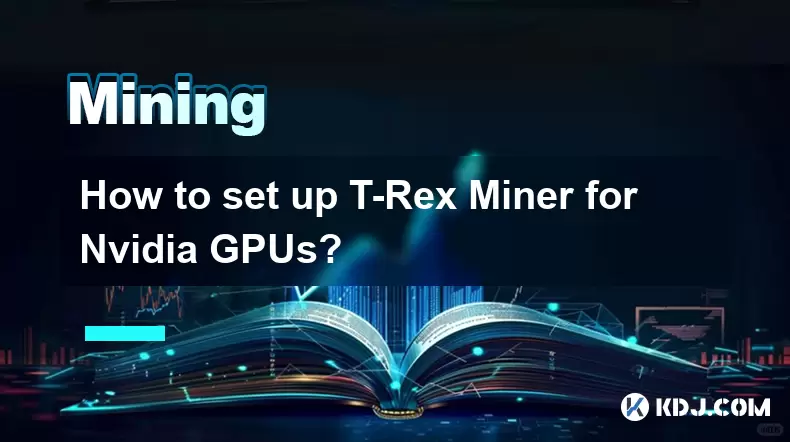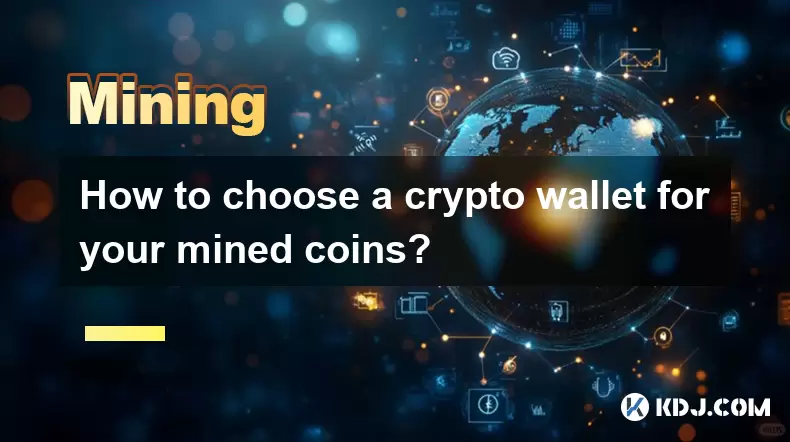-
 Bitcoin
Bitcoin $118900
-2.35% -
 Ethereum
Ethereum $4632
-2.72% -
 XRP
XRP $3.109
-3.96% -
 Tether USDt
Tether USDt $1.001
0.04% -
 BNB
BNB $849.9
-1.82% -
 Solana
Solana $195.6
-4.49% -
 USDC
USDC $0.9999
0.03% -
 Dogecoin
Dogecoin $0.2307
-4.65% -
 TRON
TRON $0.3588
-2.41% -
 Cardano
Cardano $0.9448
-4.09% -
 Hyperliquid
Hyperliquid $48.52
3.63% -
 Chainlink
Chainlink $22.41
-5.29% -
 Sui
Sui $3.848
-3.16% -
 Stellar
Stellar $0.4276
-4.33% -
 Bitcoin Cash
Bitcoin Cash $594.9
-2.14% -
 Ethena USDe
Ethena USDe $1.001
0.07% -
 Hedera
Hedera $0.2547
-5.06% -
 Avalanche
Avalanche $25.02
-0.86% -
 Litecoin
Litecoin $121.1
-5.47% -
 UNUS SED LEO
UNUS SED LEO $9.645
3.95% -
 Toncoin
Toncoin $3.460
-2.78% -
 Shiba Inu
Shiba Inu $0.00001300
-5.26% -
 Uniswap
Uniswap $11.00
-4.85% -
 Polkadot
Polkadot $4.013
-4.90% -
 Dai
Dai $1.000
0.02% -
 Bitget Token
Bitget Token $4.670
-2.13% -
 Cronos
Cronos $0.1553
-5.42% -
 Ethena
Ethena $0.7282
-0.16% -
 Aave
Aave $312.1
-4.63% -
 Pepe
Pepe $0.00001111
-7.17%
What are the mining pool protocols? Is stratum2 more efficient?
Stratum2 enhances mining efficiency with channel-based communication and job negotiation, offering better bandwidth use and security than Stratum and Getwork.
May 15, 2025 at 03:35 pm

Mining pool protocols are essential components of cryptocurrency mining operations, allowing miners to work together and share resources to increase their chances of earning rewards. The most commonly used protocols include Stratum, Stratum V2 (also known as Stratum2), and Getwork. Each protocol has its own set of features and efficiencies, which can significantly impact the mining process. In this article, we will explore these protocols in detail, with a particular focus on whether Stratum2 is more efficient than its predecessor.
Understanding Stratum Protocol
The Stratum protocol is the most widely used mining pool protocol in the cryptocurrency industry. It was designed to improve upon the older Getwork protocol by reducing the amount of data that needs to be transmitted between the miner and the mining pool server. Stratum achieves this by using a more efficient communication method, which involves sending only the necessary data for mining operations.
Stratum works by allowing miners to connect to a mining pool server, where they receive work in the form of a job. The job includes the block header and a range of nonces that the miner should try. Once a miner finds a valid solution, it is submitted back to the pool server, which then verifies the solution and, if valid, includes it in the blockchain.
The efficiency of Stratum comes from its use of a compact job representation. This means that the server sends a smaller amount of data to the miner, which reduces the bandwidth required for communication. Additionally, Stratum uses a binary protocol, which is more efficient than the text-based protocol used by Getwork.
Introduction to Stratum V2 (Stratum2)
Stratum V2, also known as Stratum2, is an updated version of the Stratum protocol designed to address some of its limitations and improve efficiency. Stratum2 introduces several key enhancements that aim to make mining more secure and efficient.
One of the main improvements in Stratum2 is the introduction of channel-based communication. This allows miners to open multiple channels with the mining pool server, each dedicated to a specific type of communication. This can significantly reduce latency and improve the overall efficiency of the mining process.
Another important feature of Stratum2 is job negotiation. Unlike Stratum, where the server sends jobs to the miner without any negotiation, Stratum2 allows miners to request specific types of jobs. This can help miners optimize their operations by choosing jobs that are more likely to result in successful solutions.
Comparing Stratum and Stratum2 Efficiency
When comparing the efficiency of Stratum and Stratum2, several factors need to be considered. Bandwidth usage is one of the primary areas where Stratum2 shows improvement. The channel-based communication in Stratum2 reduces the amount of data that needs to be transmitted, which can lead to significant bandwidth savings.
Latency is another critical factor. Stratum2's channel-based approach can reduce the time it takes for miners to receive and process jobs, leading to faster mining operations. Additionally, the job negotiation feature in Stratum2 allows miners to select jobs that are more suitable for their hardware, which can improve the overall efficiency of the mining process.
Security is also an area where Stratum2 excels. The protocol includes built-in mechanisms for secure communication, such as end-to-end encryption, which can protect miners from potential attacks. This added security can contribute to the overall efficiency of the mining process by reducing the risk of downtime and lost rewards.
The Role of Getwork Protocol
While Stratum and Stratum2 are the most commonly used protocols today, it's important to understand the role of the Getwork protocol. Getwork was the original protocol used for mining pool operations, but it has largely been replaced by Stratum due to its inefficiencies.
Getwork operates by sending the entire block header to the miner, which requires a significant amount of bandwidth. Additionally, Getwork uses a text-based protocol, which is less efficient than the binary protocol used by Stratum and Stratum2. These factors make Getwork less efficient and less scalable than its successors.
Implementing Stratum2 in Mining Operations
To implement Stratum2 in mining operations, miners need to follow a series of steps. Here is a detailed guide on how to set up and use Stratum2:
Choose a Stratum2-compatible mining pool: The first step is to select a mining pool that supports Stratum2. Not all mining pools have adopted the new protocol, so it's important to check the pool's documentation or website for compatibility information.
Update mining software: Next, miners need to update their mining software to a version that supports Stratum2. This may involve downloading and installing new software or updating existing software to the latest version.
Configure mining software: Once the software is updated, miners need to configure it to use Stratum2. This typically involves entering the Stratum2 server address and port number provided by the mining pool.
Open multiple channels: To take full advantage of Stratum2's channel-based communication, miners should open multiple channels with the mining pool server. This can be done by configuring the mining software to use multiple connections.
Negotiate jobs: Miners can optimize their operations by negotiating jobs with the mining pool server. This involves sending requests for specific types of jobs that are more suitable for the miner's hardware.
Monitor performance: Finally, miners should monitor their mining performance to ensure that Stratum2 is providing the expected efficiency improvements. This can involve tracking metrics such as hash rate, latency, and bandwidth usage.
Frequently Asked Questions
Q: Can I use Stratum2 with any cryptocurrency?
A: Stratum2 is designed to be compatible with a wide range of cryptocurrencies. However, not all cryptocurrencies or mining pools have adopted the protocol. It's important to check the documentation of the specific cryptocurrency and mining pool you are using to ensure compatibility.
Q: Do I need special hardware to use Stratum2?
A: No, you do not need special hardware to use Stratum2. The protocol is designed to work with existing mining hardware. However, you may need to update your mining software to a version that supports Stratum2.
Q: How can I tell if Stratum2 is improving my mining efficiency?
A: To determine if Stratum2 is improving your mining efficiency, you should monitor key performance metrics such as hash rate, latency, and bandwidth usage. If you see improvements in these areas after switching to Stratum2, it is likely that the protocol is providing efficiency benefits.
Q: Are there any risks associated with using Stratum2?
A: While Stratum2 includes built-in security features such as end-to-end encryption, there are still potential risks associated with any mining operation. It's important to use reputable mining pools and keep your mining software and hardware up to date to minimize these risks.
Disclaimer:info@kdj.com
The information provided is not trading advice. kdj.com does not assume any responsibility for any investments made based on the information provided in this article. Cryptocurrencies are highly volatile and it is highly recommended that you invest with caution after thorough research!
If you believe that the content used on this website infringes your copyright, please contact us immediately (info@kdj.com) and we will delete it promptly.
- Kazakhstan's Crypto Leap: Bitcoin ETF and Central Asia's Digital Finance Future
- 2025-08-13 12:45:19
- BlockDAG Presale Blazes Past $371M: Fundraising Frenzy Fuels Crypto Sensation
- 2025-08-13 13:05:21
- Meme Coins: Chasing the 2025 Surge – Which Will Moonshot?
- 2025-08-13 10:25:23
- Bitcoin's Wild Ride: Rally, Pullback, and What's Next
- 2025-08-13 10:25:23
- Bitcoin, Bitmax, and Institutional Demand: A New Era of Crypto Investment
- 2025-08-13 10:45:12
- Solana, ROAM, and Airdrops: What's the Buzz in 2025?
- 2025-08-13 11:35:13
Related knowledge

How to configure Phoenix Miner for AMD GPUs?
Aug 11,2025 at 03:21am
Understanding Phoenix Miner and Its Compatibility with AMD GPUsPhoenix Miner is a lightweight, high-performance Ethereum mining software designed for ...

How to set up T-Rex Miner for Nvidia GPUs?
Aug 10,2025 at 12:07am
Understanding T-Rex Miner and Its Compatibility with Nvidia GPUsT-Rex Miner is a high-performance mining software designed specifically for Nvidia GPU...

What is "proof-of-work" and how does it relate to mining?
Aug 07,2025 at 02:03pm
Understanding the Concept of Proof-of-WorkProof-of-work (PoW) is a consensus mechanism used in blockchain networks to validate transactions and secure...

How to choose a crypto wallet for your mined coins?
Aug 13,2025 at 11:36am
Understanding the Types of Crypto Wallets for Mined CoinsWhen selecting a crypto wallet for your mined coins, the first step is to understand the diff...

What are the differences between mining on Windows vs. Linux?
Aug 06,2025 at 11:29pm
Overview of Cryptocurrency Mining PlatformsCryptocurrency mining involves using computational power to solve complex cryptographic puzzles and validat...

How to use an old computer for cryptocurrency mining?
Aug 07,2025 at 12:42pm
Understanding the Feasibility of Using an Old Computer for MiningUsing an old computer for cryptocurrency mining may seem outdated, but it is still te...

How to configure Phoenix Miner for AMD GPUs?
Aug 11,2025 at 03:21am
Understanding Phoenix Miner and Its Compatibility with AMD GPUsPhoenix Miner is a lightweight, high-performance Ethereum mining software designed for ...

How to set up T-Rex Miner for Nvidia GPUs?
Aug 10,2025 at 12:07am
Understanding T-Rex Miner and Its Compatibility with Nvidia GPUsT-Rex Miner is a high-performance mining software designed specifically for Nvidia GPU...

What is "proof-of-work" and how does it relate to mining?
Aug 07,2025 at 02:03pm
Understanding the Concept of Proof-of-WorkProof-of-work (PoW) is a consensus mechanism used in blockchain networks to validate transactions and secure...

How to choose a crypto wallet for your mined coins?
Aug 13,2025 at 11:36am
Understanding the Types of Crypto Wallets for Mined CoinsWhen selecting a crypto wallet for your mined coins, the first step is to understand the diff...

What are the differences between mining on Windows vs. Linux?
Aug 06,2025 at 11:29pm
Overview of Cryptocurrency Mining PlatformsCryptocurrency mining involves using computational power to solve complex cryptographic puzzles and validat...

How to use an old computer for cryptocurrency mining?
Aug 07,2025 at 12:42pm
Understanding the Feasibility of Using an Old Computer for MiningUsing an old computer for cryptocurrency mining may seem outdated, but it is still te...
See all articles

























































































